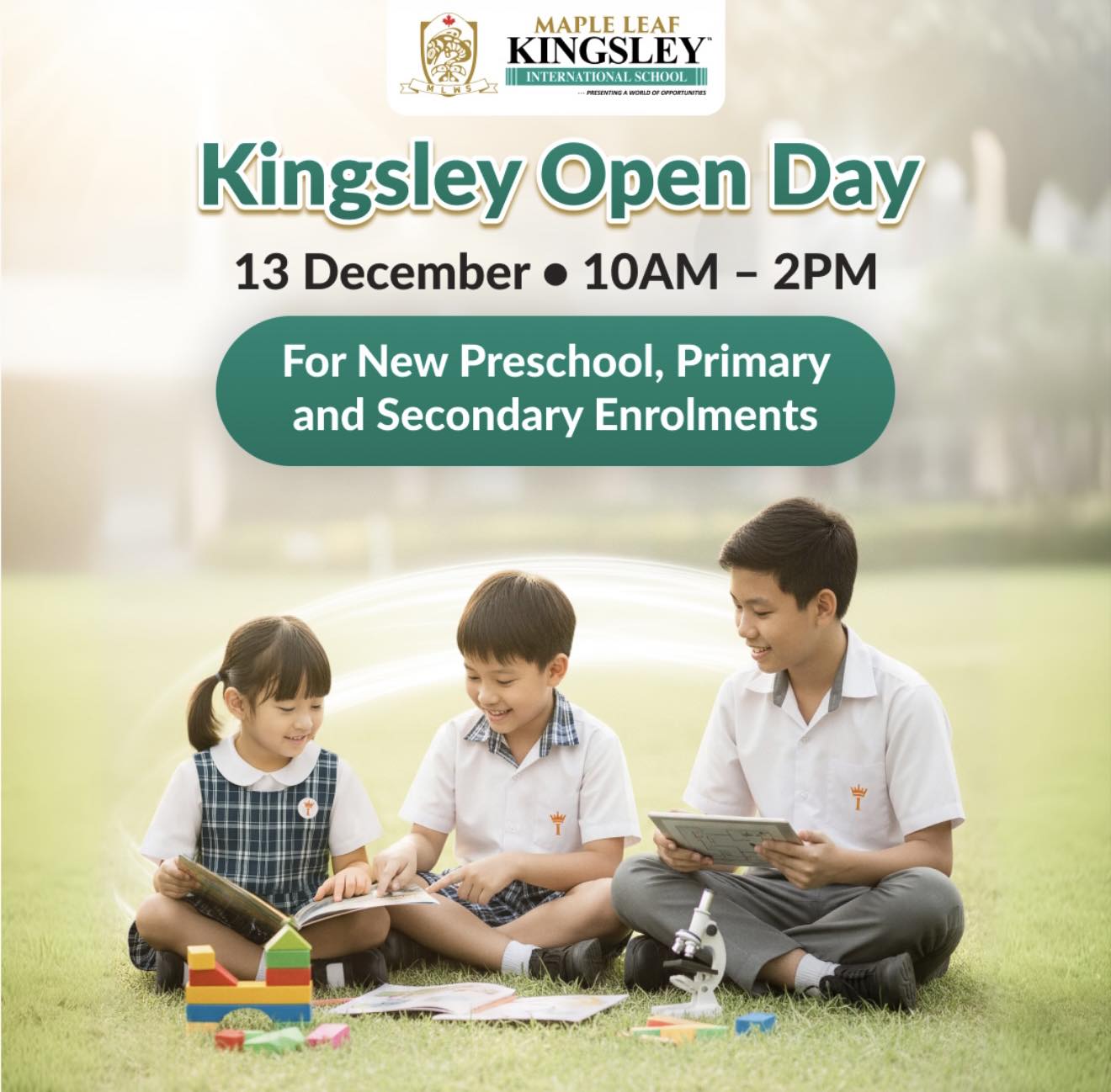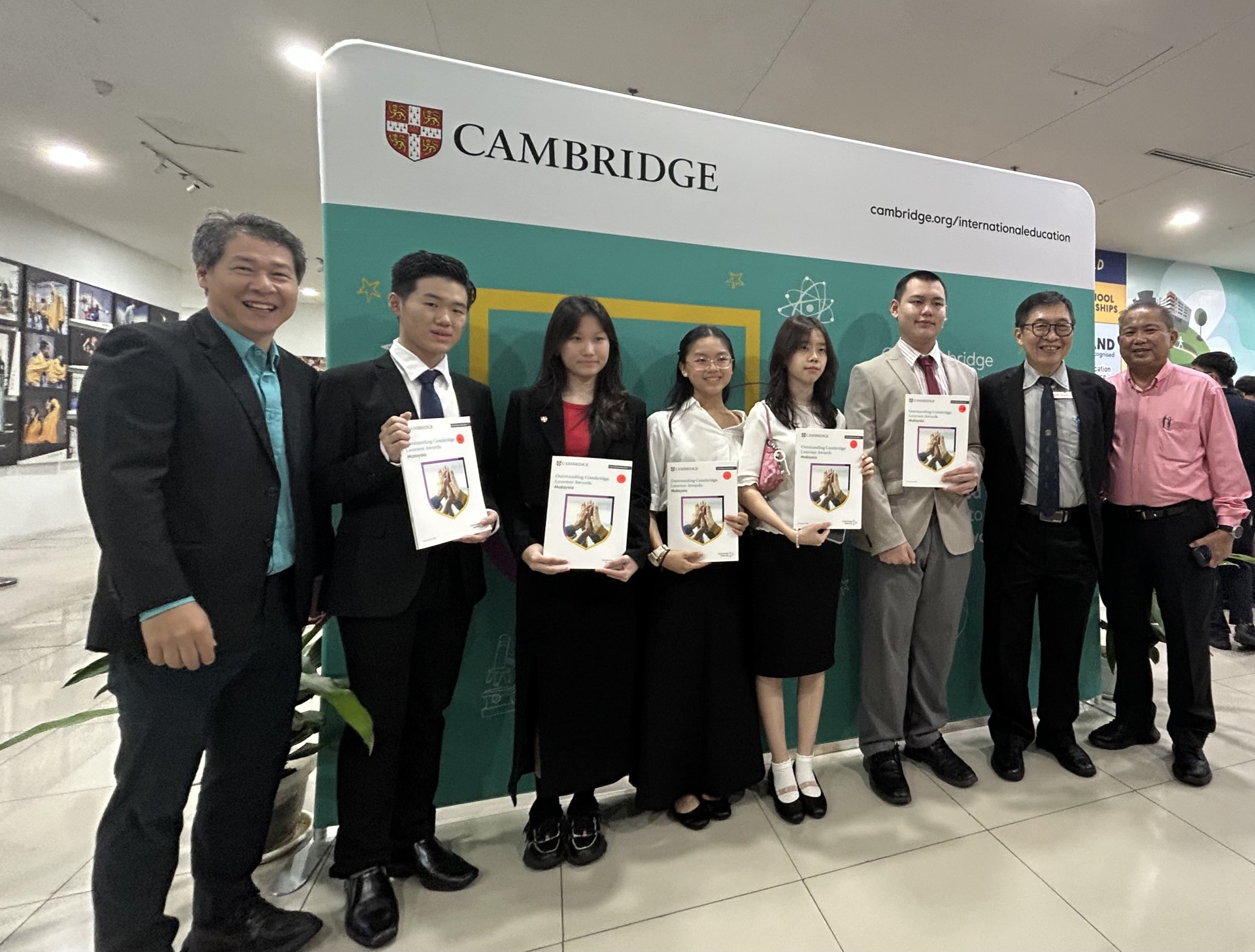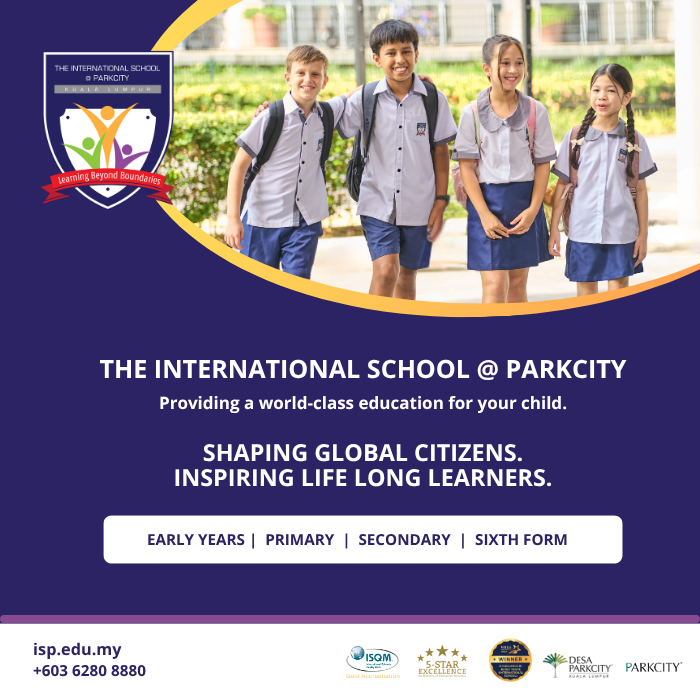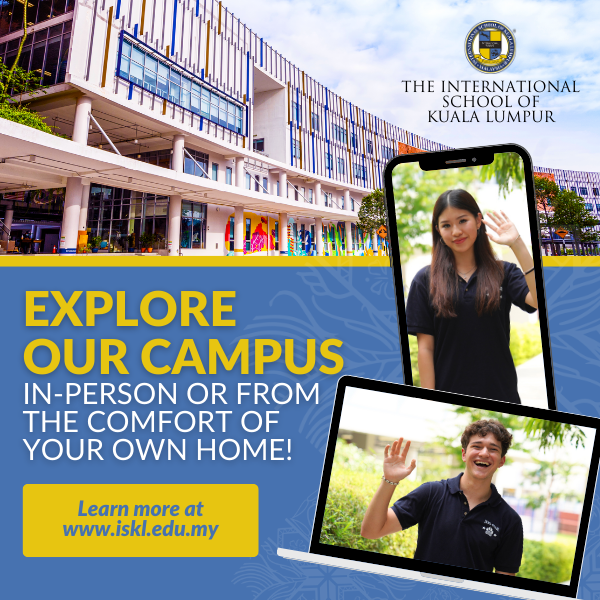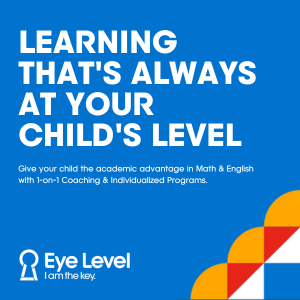Most modern educational technologies, on their own, do very little to move learners beyond rote learning and basic recall of knowledge. The industry makes lots of money selling colourful, noisy and interesting gadgets to parents and some schools, but many are best described as distractions.
While educational technology does make learning more visible, it is the teacher that makes learning meaningful. As educators and users of educational technology, we know that technology is a tool that complements, improves, enhances and sometimes accelerates instruction if used properly. It doesn’t make a difference just because it is “technology.” The strength of any tool is reliant on its use by a skilful educator. Great teachers accelerate student achievement by using technology to enhance instruction, not by replacing aspects of it.
There was a time when we considered “technology” as a separate class or strategy but we know now that this is short sighted. Technology can and should be used all content areas from English to Science, Maths to Music. There are no boundaries for effective application of it as long as we approach it the right way.
Using technology “just for the sake of it” is common in schools with a hope that it will magically engage children or, in marketing, position one school as better than another. Schools, and parents, need to ask the following guiding question when they consider the value in any strategy or piece of technology.
"Will this technology, strategy or medium increase learning and achievement?"
Schools need to be cutting edge but in 2018 that also means cutting away from the fads and fashions and making sure everything they do maximizes learning potential. Schools should use interactive white boards, tablets, robotics, 3D printers and many other tools that productively and efficiently increase learning and learning recall.
Another challenge with traditional applications of technology is that it can make a child less interactive and reduce opportunities for collaboration. We often hear people complain about “too much screen time” but there is both good and bad screen time.
Schools should pursue excellence in the 4Cs: Creativity, Critical Thinking, Communication, and Collaboration. The screen time should increase these skills and children capacity for collaboration. There can be a risk that technology provides a false sense of collaboration and communication. Just because two people talk to each other - in person or online - does not necessarily intimate that those individuals have developed deep communication skills. Real communication implies more than just an exchange of words but also an understanding of context, language, intention, meaning, and the feelings of the other person. While this can certainly happen through online channels, the act of simply using a tool is only the beginning.
"So what does best practice look like?"
- Technology should be used frequently across all content areas. It should be used to accelerate and improve learning.
- Schools should seek out and experiment with new technology. Schools need to keep up and be ahead, budget permitting, with technologies adopted within our community and new industries.
- Technology use should be framed by an environment that requires children to communicate, collaborate, think critically and creatively. It should not isolate learning and make children silos of independent learning.
- Technology should be used for a specific purpose. It should be a better choice over another strategy, not a choice for the sake of it.
- Technology should be considered a tool to be used as part of a learning strategy, not the strategy itself.
- Blended learning helps create a balance between face to face learning and technology.
"Current and Future Directions of Technology in Education"
Schools are experimenting with many new technologies and thankfully they often share their experiences ton the internet, chat forums and broad networks. It is not always easy to determine their effectiveness in improving learning but if teachers frame their approach using the guidelines we have shared they can certainly make a big difference.
To name just a few:
Cloud computing | mobile learning | learning analytics | open content | 3D printing | Massively Open Online Courses (MOOCs) | virtual and remote laboratories | games and gamification | tablet computing | wearable technology | flipped classrooms | smartphone apps | video streaming | social media | Google glass and augmented reality | virtual field trips | biometrics | coding | robotics | drones | Assistive technology to help children with learning disabilities such as listening, organisation and memory, math, reading, and writing.
At Kingsgate International School we believe that technology has a central place in our curriculum and classrooms but not at the expense of our core business. Our core business is to educate. Children need to become more literate, improve numeracy skills, broaden and apply knowledge, become critical thinkers and global innovators. By understanding the key role of technology within an education context we will accelerate , not distract children from achieving academic goals. When we define the purpose very clearly and focus our energy on the achievement of learning objectives both the pencil and the iPad will help us achieve excellence.
If we are to truly understand the power and benefits of technology and how best to integrate it we must also consider how the technology is positively impacting on learning and its effectiveness as a teaching tool.















![[St. Joseph’s Institution International School Malaysia] The Lasallian Education Ethos for a Better Future - Gratitude and Giving](https://mint-edm.sgp1.digitaloceanspaces.com/production/PPIxso2IiVm1U64SEHCuXjI03yE7Rg.jpeg)
